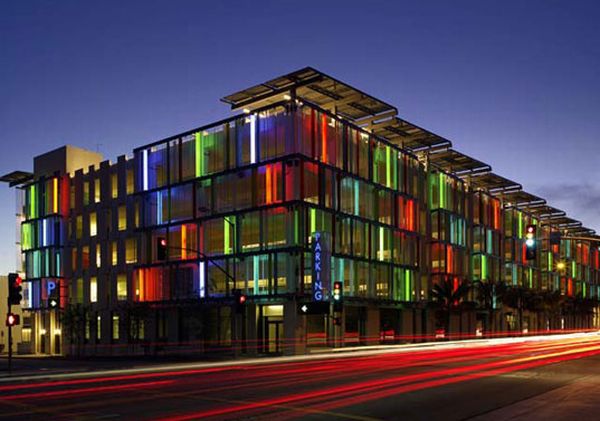
The idea of living in green cities is gaining ground. With overpopulation and excessive usage of natural resources leaving us with less and less to work with and sustain ourselves, scientists and engineers alike are coming up with ideas to find ways to temper what we use so that generations to come can enjoy the same. Check out some of the concepts that experts have come up with for eco friendly mega-cities.
1. Masdar Green City Project
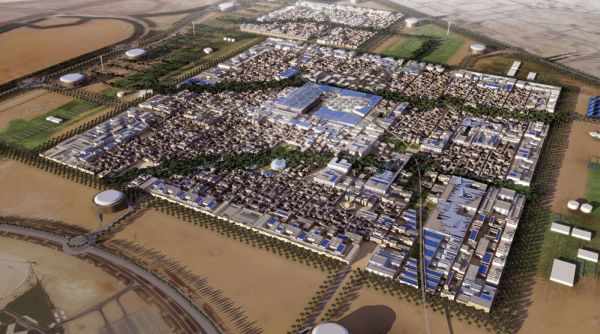
The Abu Dhabi Future Energy Company has been tasked with the job of building Masdar, a green city project. In partnership with MIT, the company is aiming to build a city that will use only solar energy and other renewable resources to power it. Not only this, but a zero waste and zero carbon ideology will also be combined. If successful, Masdar will be the worldâs first green city.
Despite Abu Dhabi producing around 90% of oil in the UAE, it has decided to come up with this project after seeing its neighbor, Dubai, using oil and coming severely under debt. By utilizing renewable energy resources, Abu Dhabi hopes to leave its dependence on non-renewable resources like oil behind as well as not relying on this liquid gold to sustain its monetary wealth. The project is expected to be completed by 2016.
2. Hanoi Green City
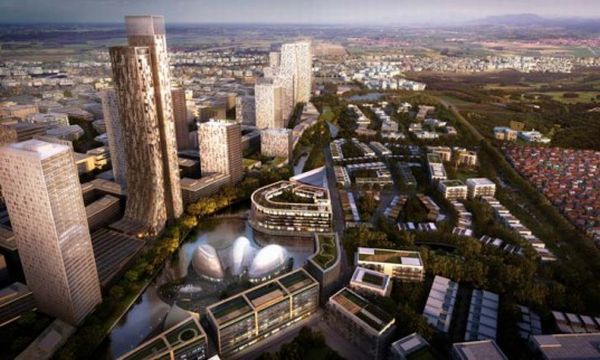
Vietnam capital, Hanoi, has joined the green bandwagon by commissioning SOM (Skidmore, Owings and Merrill) to undertake its Green Tech City project. Aiming to create a city that can sustain itself as well as reduce carbon emissions, the design plan will cover two existing villages with a population of 20,000 people.
Wind and solar energy will be behind the cityâs power generators. Green technologies like rainwater harvesting and water recycling will ensure that wastage is reduced. Existing water channels will be restructured such that they will aid in ensuring flood management, preventing rainwater runoff and in producing green spaces.
3. Chinese green city of Tianjin
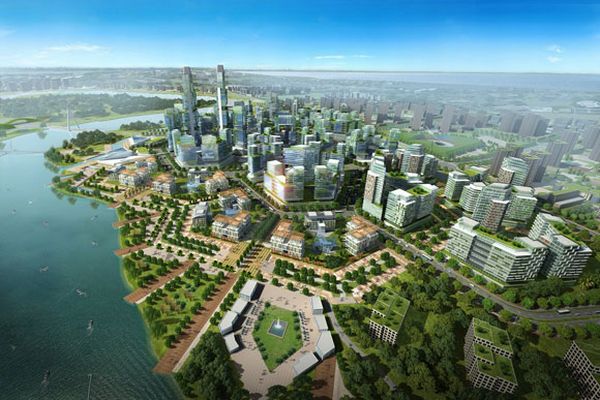
Though China is known to be a major contributor to pollution, it has come forward with a plan to sustain 350,000 of its citizens in the city of Tianjin with the use of solar and wind energy in 145 hectares of land. The citizens will be encouraged to reduce carbon emissions by traveling using public transport systems to decrease the number of cars on the roads. The Sino-Singapore Tianjin Eco-City Investment and Development Company has been given the responsibility of completing the project. It isnât known how long the project will take but it has been tentatively set to within a yearâs time.
4. Future City – A low carbon city in Hainan

China is continuing to expand its green city projects, this time with the island of Hainan. Covering an area of 42.8sq km, the âFuture Cityâ will be planned and constructed by SBA Design. Solar and wind energy will be the primary sources of power. Other sustainable and green practices like rainwater harvesting and energy derived from biological waste will add to the cityâs green plan. Photovoltaic panels will be set up to capture the sunâs energy which will have the potential to generate around 1628-1861kWh. Areas set aside for working, living and shopping will have green spaces like parks integrated to ensure cleaner air and promote eco-friendly thinking.
5. Al Raha green city
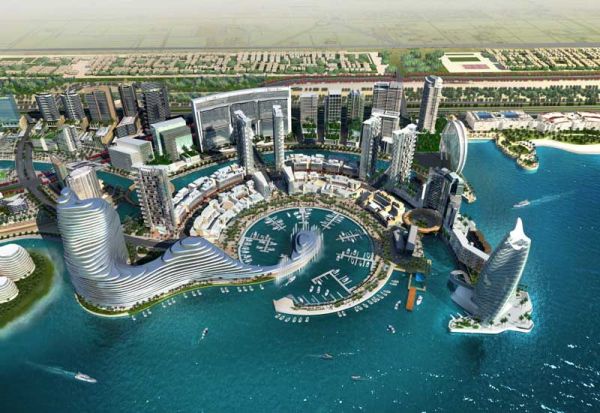
Hill International has won a contract to make Al Raha in Abu Dhabi a green city. Estimated to cost a whopping $18.5 billion, the city will utilize renewable resources like solar and wind energy. The four-year contract will cover 11 precincts with mixed use buildings on Reem Island, Raha Beach, Rawdat Abu Dhabi and Saraya. The project will hope to sustain 120,000 people.
Such concepts for mega-cities will ensure that the people of tomorrow have a chance to enjoy what we do. And as pollution levels come down, health benefits increase. If all countries are able to plan their cities with renewable energy sources and recycling concepts as the baseline, then we can be sure that our natural resources are sustained for generations to come.




